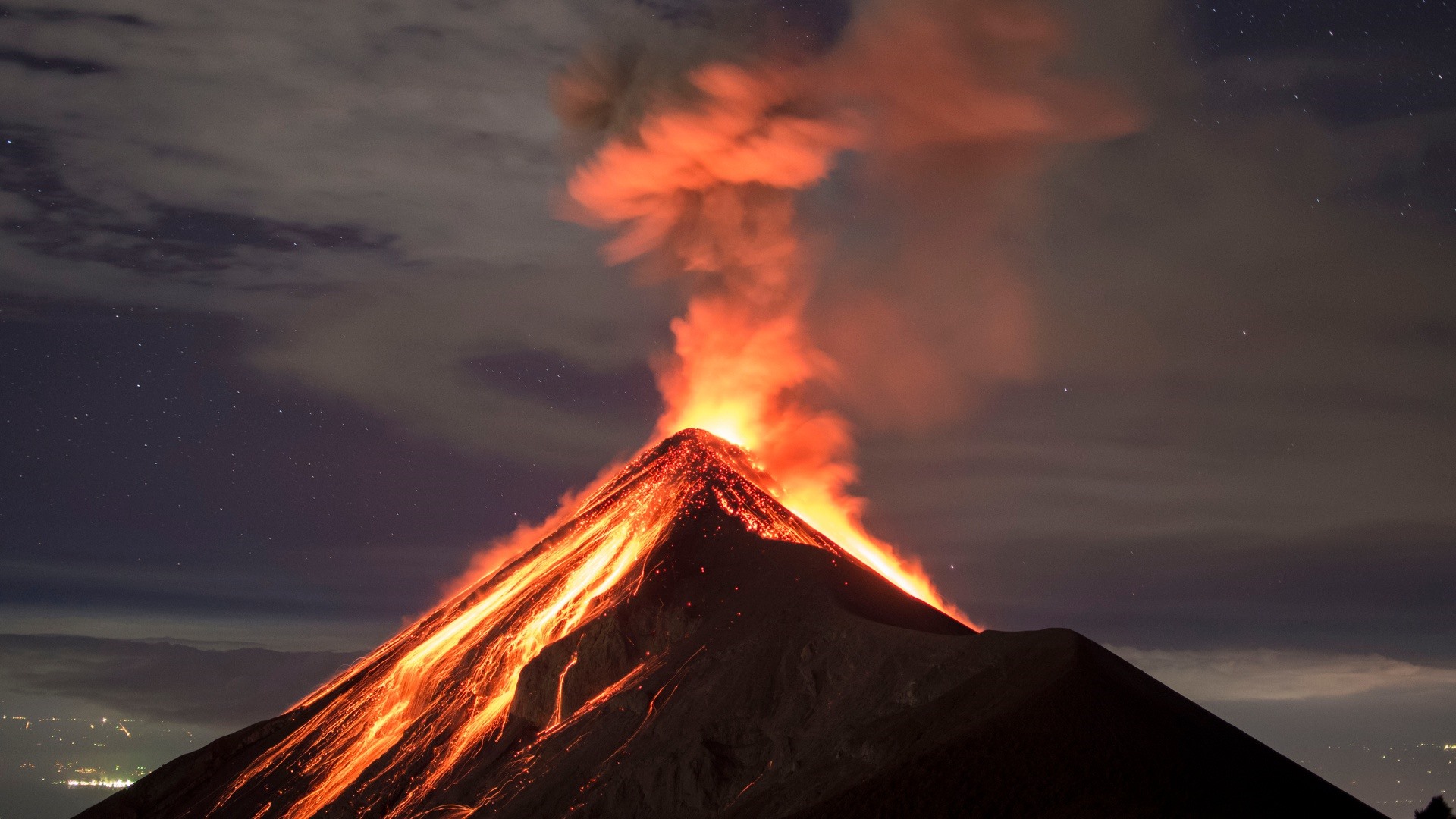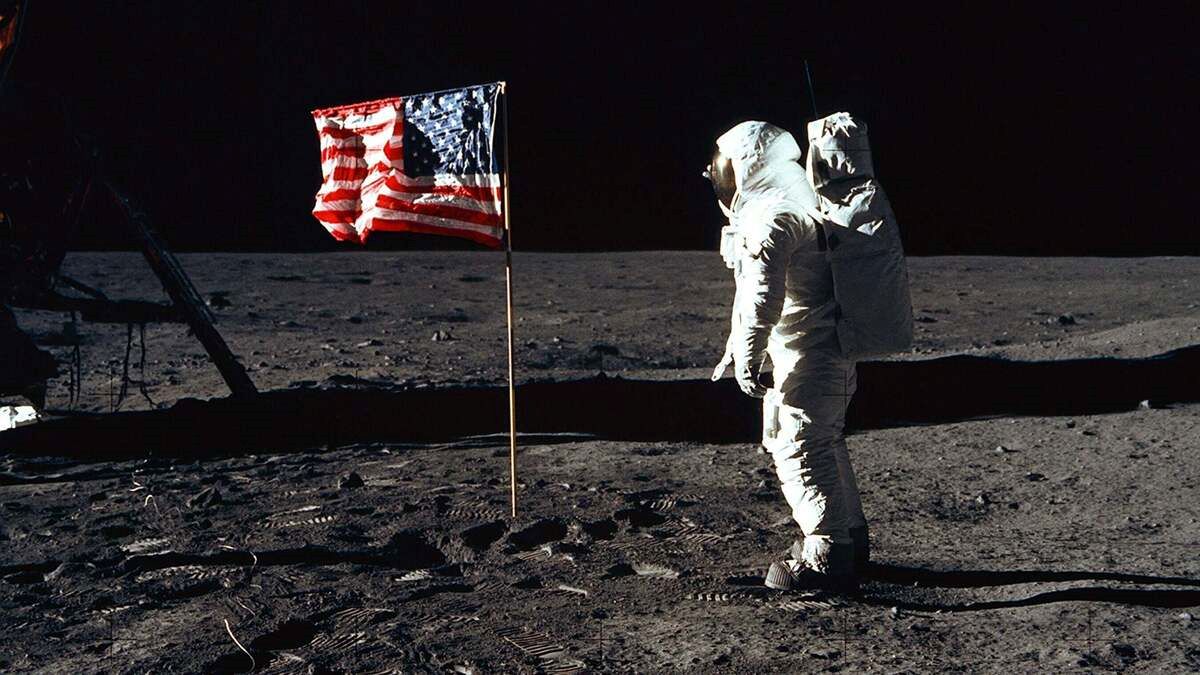
Volcanoes have long been a source of fascination and wonder for humans. These majestic geological formations have the power to shape the Earth’s landscape and create breathtaking displays of raw power and beauty. From their fiery eruptions to the creation of new land, volcanoes play a crucial role in our planet’s history and ecosystem.
In this article, we will delve into 12 fascinating facts about volcanoes that will not only pique your interest but also enrich your understanding of these natural wonders. So, get ready to embark on a journey of discovery as we explore the incredible world of volcanoes and uncover the secrets they hold.
Key Takeaways:
- Volcanoes are formed by the movement of Earth’s plates, and their eruptions can vary from slow lava flows to explosive events, impacting the global climate and creating new landforms.
- Volcanoes have shaped cultures and provided valuable insights into Earth’s history. Advanced monitoring technology helps scientists warn communities of potential eruptions, highlighting the ongoing fascination with these natural wonders.
Volcanoes form as a result of tectonic activity.
Volcanoes are created when tectonic plates collide or separate, allowing molten rock called magma to rise to the surface. This molten rock, once it erupts, is referred to as lava.
There are three main types of volcanoes.
Volcanoes can be categorized into three main types: shield volcanoes, composite volcanoes (also known as stratovolcanoes), and cinder cone volcanoes. Each type has its own distinct characteristics and eruptive behavior.
Volcanic eruptions can vary in intensity.
Volcanic eruptions range from mild, characterized by the slow flow of lava, to explosive eruptions that release massive amounts of ash, gases, and pyroclastic materials high into the atmosphere.
Volcanic eruptions can have global effects.
Powerful volcanic eruptions can inject large amounts of volcanic gases, ash, and aerosols into the Earth’s atmosphere, leading to significant climate effects on a global scale. The most famous example is the 1815 eruption of Mount Tambora, which caused the “Year Without a Summer” phenomenon.
The Ring of Fire is home to many volcanoes.
The Pacific Ring of Fire is an area in the Pacific Ocean known for its intense seismic and volcanic activity. It is home to the majority of the world’s active volcanoes, making it a hotspot for geological research and monitoring.
Volcanoes can create new landforms.
As lava erupts and cools, it forms new landforms such as volcanic islands, lava plateaus, and volcanic cones. Over time, these landforms can transform landscapes and contribute to the creation of diverse ecosystems.
Volcanic ash can be beneficial for the environment.
Despite its destructive potential, volcanic ash is rich in nutrients and can enhance soil fertility. Volcanic soils are known for their productivity, making them ideal for agriculture in certain regions.
Some volcanoes have permanent lava lakes.
A rare and mesmerizing phenomenon, lava lakes are found in the craters of certain volcanoes. These molten lava pools continuously churn and emit a radiant glow, providing a captivating sight for those fortunate enough to witness them.
Volcanoes have influenced mythologies and cultures worldwide.
Throughout history, volcanoes have been revered and feared by different cultures. They are often associated with powerful gods and goddesses and have shaped the narratives and beliefs of various civilizations.
Volcanic eruptions can trigger other natural disasters.
Volcanic eruptions can lead to secondary hazards such as landslides, tsunamis, and pyroclastic flows, which pose additional threats to nearby communities and ecosystems.
Volcanoes can provide valuable insights into Earth’s geological history.
Studying the rocks, minerals, and gases emitted by volcanoes can help scientists gain a deeper understanding of Earth’s geologic processes and the history of our planet.
Volcanoes continue to be monitored for early warning signs of eruptions.
Advancements in technology have allowed scientists to closely monitor volcanoes for signs of activity, enabling them to provide timely warnings to at-risk populations and mitigate the potential impacts of volcanic eruptions.
These 12 facts about volcanoes only scratch the surface of the vast world of volcanic activity. The study of volcanoes continues to intrigue scientists and ignite our sense of wonderment at the power and beauty of nature.
Next time you come across a volcano in a documentary or visit a volcanic region, take a moment to appreciate the remarkable forces that shape our planet and remind ourselves of the delicate dance between the Earth’s fiery core and its ever-evolving surface.
Conclusion
Volcanoes are fascinating and powerful natural phenomena. They can both awe and terrify us with their explosive eruptions and dramatic landscapes. Understanding the facts about volcanoes is crucial for scientists, geologists, and anyone interested in the Earth’s dynamic processes.From the enormous sizes of supervolcanoes to the smallest volcanic vents on the ocean floor, each volcano has its unique characteristics. The molten rocks and gases that erupt from these volcanic vents offer a glimpse into the Earth’s geological history.Volcanic eruptions have shaped our planet’s surface, creating new landforms and influencing climate patterns. The study of volcanoes helps us understand the Earth’s internal structure and the processes that drive tectonic activity.As we continue to explore and learn more about volcanoes, it’s essential to appreciate their power and respect their potential hazards. By understanding the facts about volcanoes, we can better prepare and respond to volcanic activities, minimizing their impact on human lives and the surrounding environment.
FAQs
Q: What is a volcano?
A: A volcano is a geological feature on the Earth’s surface that allows molten rocks, ash, and gases to escape from the interior of our planet.
Q: How are volcanoes formed?
A: Volcanoes are formed when there is a weak spot or a break in the Earth’s crust, allowing magma from the mantle to rise to the surface. Over time, repeated eruptions build up the characteristic cone-shaped structure.
Q: Are all volcanoes active?
A: No, not all volcanoes are active. Some volcanoes have been dormant for thousands of years, while others are extinct and will likely never erupt again.
Q: Can volcanic eruptions be predicted?
A: While scientists have made significant advancements in volcanic monitoring, accurately predicting eruptions is still challenging. Volcanic activity can be monitored using various instruments, but the timing and magnitude of eruptions remain uncertain.
Q: Are volcanic eruptions dangerous?
A: Yes, volcanic eruptions can be extremely hazardous. They can release ash, gases, and pyroclastic flows, which can cause significant damage to the environment and pose a threat to human life.
Q: How do volcanoes affect the environment?
A: Volcanic eruptions can have both short-term and long-term effects on the environment. They can contribute to climate change by releasing large amounts of ash and gases into the atmosphere, which can impact global temperatures and weather patterns.
Q: Are there any benefits of volcanic activity?
A: Yes, volcanic activity also has some positive impacts. Volcanic soils are highly fertile and support agricultural productivity. Additionally, volcanic eruptions can create new landforms and attract tourists, contributing to local economies.
Q: Can volcanoes be found underwater?
A: Yes, volcanoes can be found underwater. These underwater volcanoes, known as submarine volcanoes or seamounts, are often located along tectonic plate boundaries and can form new islands or expand existing landmasses.
Was this page helpful?
Our commitment to delivering trustworthy and engaging content is at the heart of what we do. Each fact on our site is contributed by real users like you, bringing a wealth of diverse insights and information. To ensure the highest standards of accuracy and reliability, our dedicated editors meticulously review each submission. This process guarantees that the facts we share are not only fascinating but also credible. Trust in our commitment to quality and authenticity as you explore and learn with us.


